The many benefits of data-led prioritisation
On 12 June, the latest in our series of 20:20 innovation webinars was on “Data Led Prioritisation – tackling inequities and inequalities”, showcasing an exciting project that uses data to prioritise patients clinically and address health inequalities. This innovative approach aims to prioritise patients using data, facilitate clinical decisions, free up clinicians’ time, reduce bias and discrimination and, most importantly, improve outcomes for patients.
Daghni Rajasingam, Deputy Chief Medical Officer at Guy’s and St Thomas’ NHS Foundation Trust (GSTT), and Mark Hawkins, Founder and CEO of Factor 50, a healthcare analytics company, presented their collaborative project. Their work focuses on using data-led prioritisation to address disparities in diabetes care.
The need for innovation
Daghni explained that continuous glucose monitoring (CGM) is the gold standard for diabetes care. However, access to CGM varies significantly among different ethnic and socio-economic groups. Patients from deprived backgrounds and ethnic minorities have less access to CGM, impacting their ability to manage their diabetes effectively.
For patients with type 1 diabetes, having an insulin pump can greatly improve their quality of life. However, least deprived patients in south east London are 24% more likely to have a pump than the most deprived, and 50% more likely to achieve their insulin targets.
Data-led prioritisation
To address these disparities, GSTT and Factor 50 developed a data-led approach to prioritise patients based on clinical risk. This approach, co-developed with clinicians at GSTT, uses hospital and primary care data to identify high-risk patients and ensure they receive timely care. The result is a fully scored and risk-prioritised list, regularly updated to capture the latest clinical data. This award-winning methodology has been published in peer-reviewed journals.
The project has shown promising results. High-risk patients were identified and seen earlier, leading to a 40% reduction in harm within this group. Low-risk patients were monitored and followed up in less resource-intensive ways, such as through virtual appointments.
Expanding the approach
Mark discussed how this approach builds the best single view of the patient. Hospital data forms the foundation, but Factor 50 also works with Trusts to integrate primary care data and CGM provider data, providing a coordinated view of patient care.
This method could be scaled to other specialties such as rheumatology and cardiology. By integrating various data sources, they aim to address multiple conditions simultaneously. Deprivation increases the likelihood of having more than one long-term condition, and the project at GSTT focuses on the overlap of diabetes, heart failure, and renal failure.
Applying these criteria to the patient cohort reveals hidden clinical risk on the wait list and opportunities to free up capacity.
Patients appreciated being prioritised based on their clinical needs. Clinicians found the system efficient, allowing them to focus on high-risk patients without manually sifting through long lists of patients.
Future directions
The team plans to extend this approach to more trusts and specialties. They are already seeing similar positive patterns at Sheffield Teaching Hospitals and are onboarding Lewisham and Greenwich NHS Trust. This method aims to reduce health inequalities and drive core improvements in patient care and operational efficiency—a win-win situation.
Data-led prioritisation is a powerful tool to tackle health inequalities and optimise patient care. By leveraging data, we can ensure that every patient receives the right care at the right time. This approach not only improves clinical outcomes but also enhances patient satisfaction and trust in the healthcare system.
